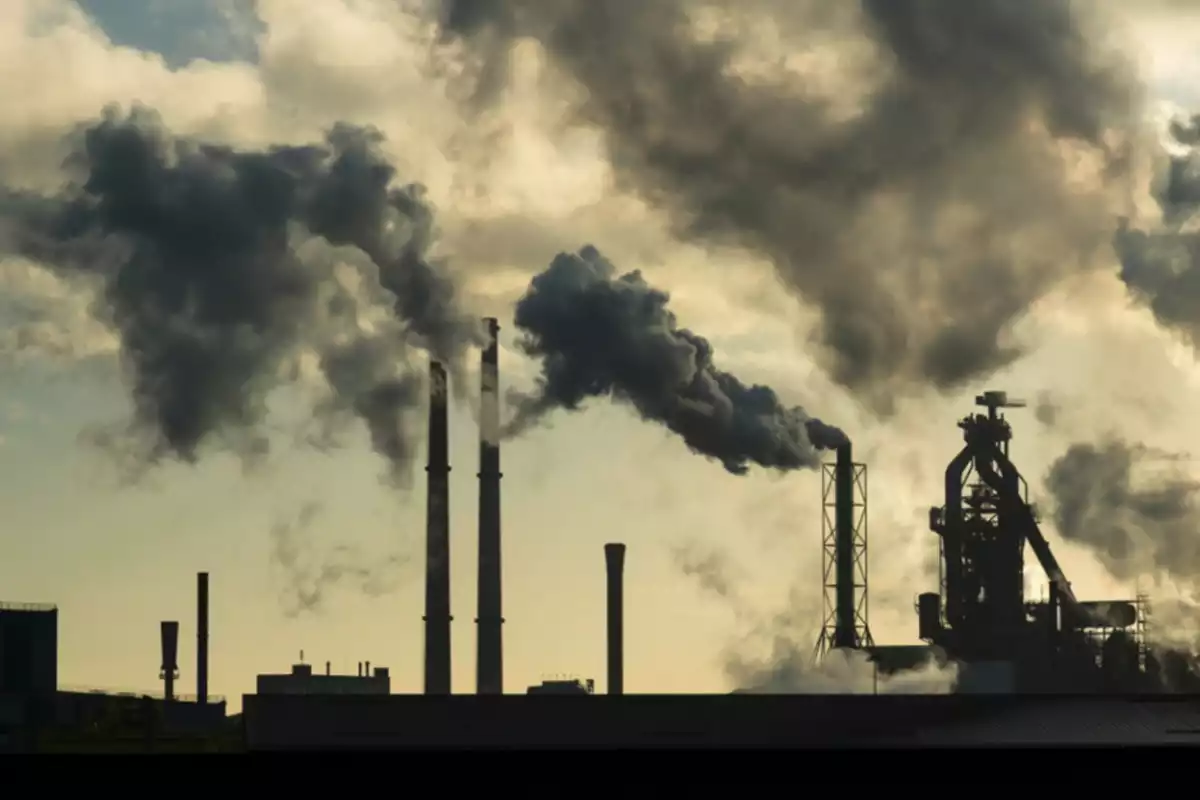
Photo credit: learnandconnect.pollutec.com
Tajikistan ranks as the sixth most polluted country globally, according to the 2024 World Air Quality Report, with vehicle emissions identified as a major source of pollution.
Central Asia is among the most polluted regions worldwide, with cities like Karaganda in Kazakhstan experiencing extremely high levels of harmful particulate matter, The Caspian Post reports citing foreign media.
Air pollution remains a critical environmental threat to human health, with 99 percent of the global population living in areas that do not meet recommended air quality guidelines.
Tajikistan is the poorest country in Central Asia, and it also remains the most polluted, according to a recent survey of global air quality.
The 2024 World Air Quality Report, compiled by Swiss-based firm IQAir, measured air quality at almost 9,000 locations in 138 countries worldwide. Tajikistan ranked as the sixth most polluted country, in terms of the measured volume of harmful, air-borne particles known as PM2.5. Chad, Bangladesh and Pakistan were the top three states with the worst air pollution in the survey.
“Air pollution remains the greatest environmental threat to human health,” the report states. “According to the World Health Organization (WHO), 99 percent of the global population lives in areas that do not meet recommended air quality guideline levels.”
Tajikistan’s air quality showed slight improvement in 2024 over the previous year. A study published by Tajikistan’s State Statistics Agency published in early 2024 found that harmful emissions in the country increased by almost two times during the past decade. Vehicles, including cars, trucks, busses and agricultural machines, were the primary source of pollution.
Central Asia as a region ranked among the most polluted worldwide, with Uzbekistan ranked as having the 19th worst air quality, followed by Turkmenistan (26th), Kyrgyzstan (41st) and Kazakhstan (71st). Although Kazakhstan had Central Asia’s cleanest air overall in 2024, the industrial city of Karaganda was rated the third most polluted city in the world, with a PM2.5 measurement exceeding WHO guidelines by over 10 times. Kyrgyzstan, meanwhile, has made the most progress in reducing the volume of PM2.5 in the air over the past five years.
In the Caucasus, Armenia (34th) was found to have the dirtiest air, trailed by Azerbaijan (49th) and Georgia (75th). There has been comparatively little fluctuation in air quality in the three Caucasus states over the seven years that IQAir has produced its annual report.
IQAir is an air-quality technology company that bills itself as operating the “world’s largest free, real-time air-quality information platform.”
PM2.5 is defined as fine particulate aerosol particles measuring up to 2.5 microns in diameter. Common man-made sources of PM2.5 are vehicle exhaust, heavy industrial processes, power generation, agriculture, construction, and coal and wood burning.
Share on social media